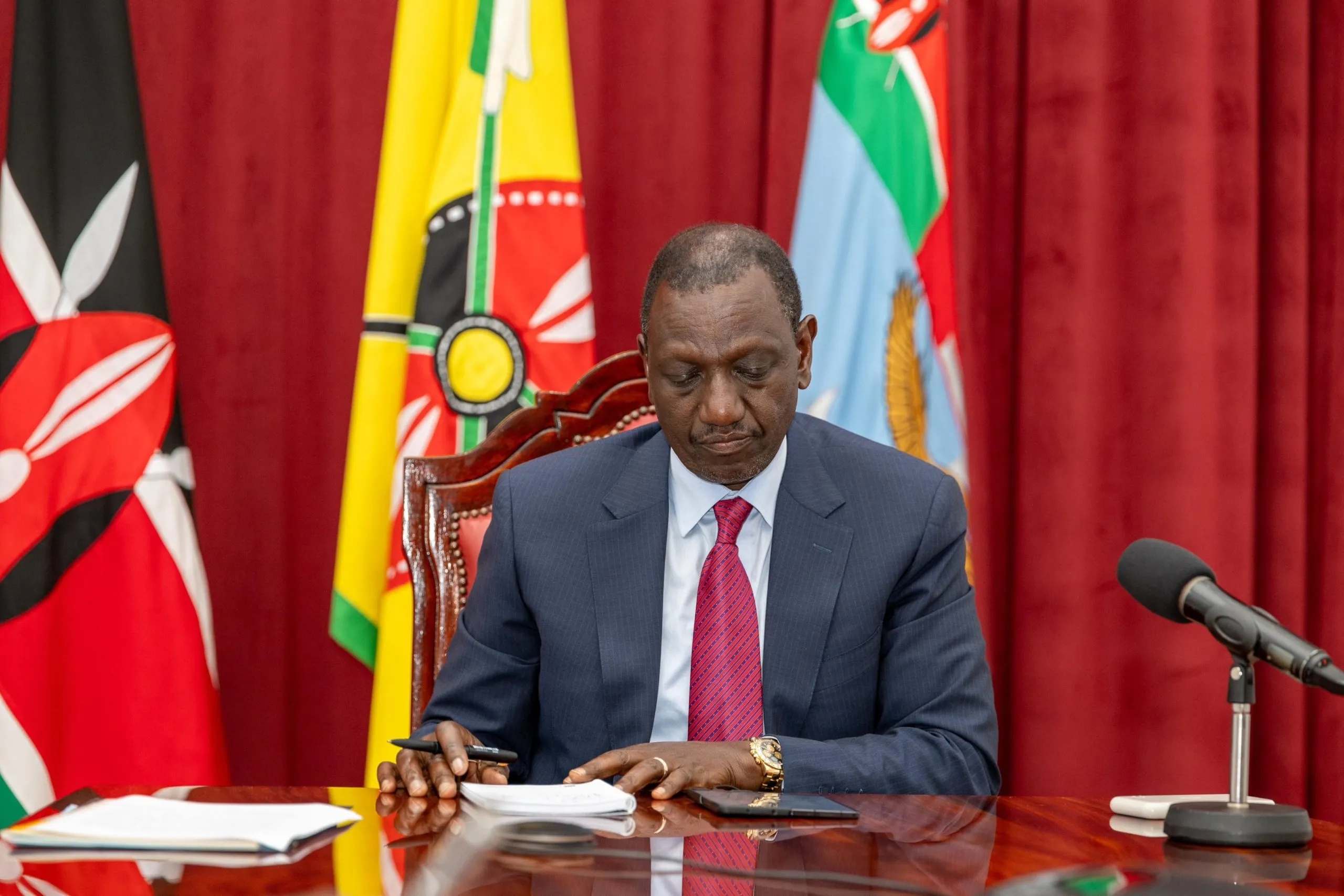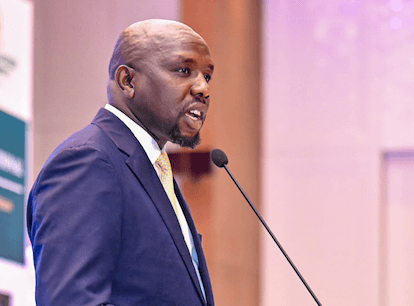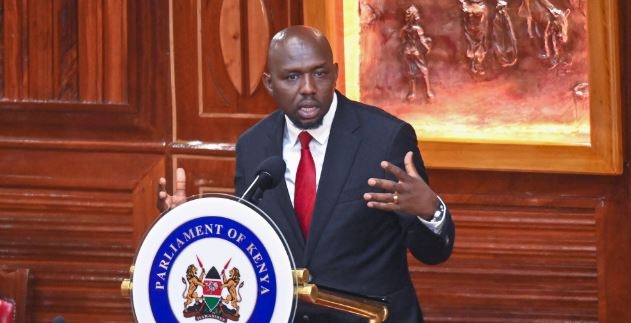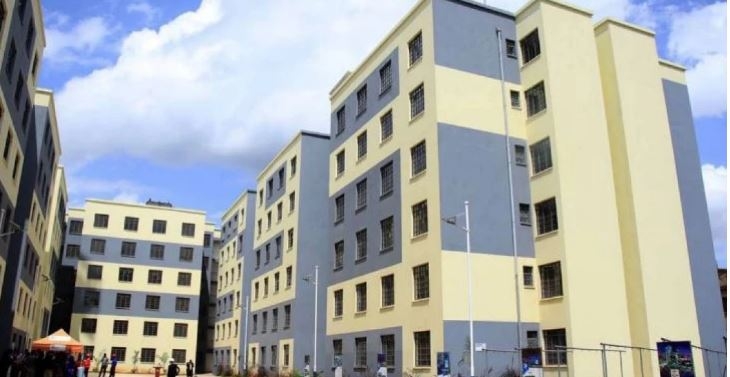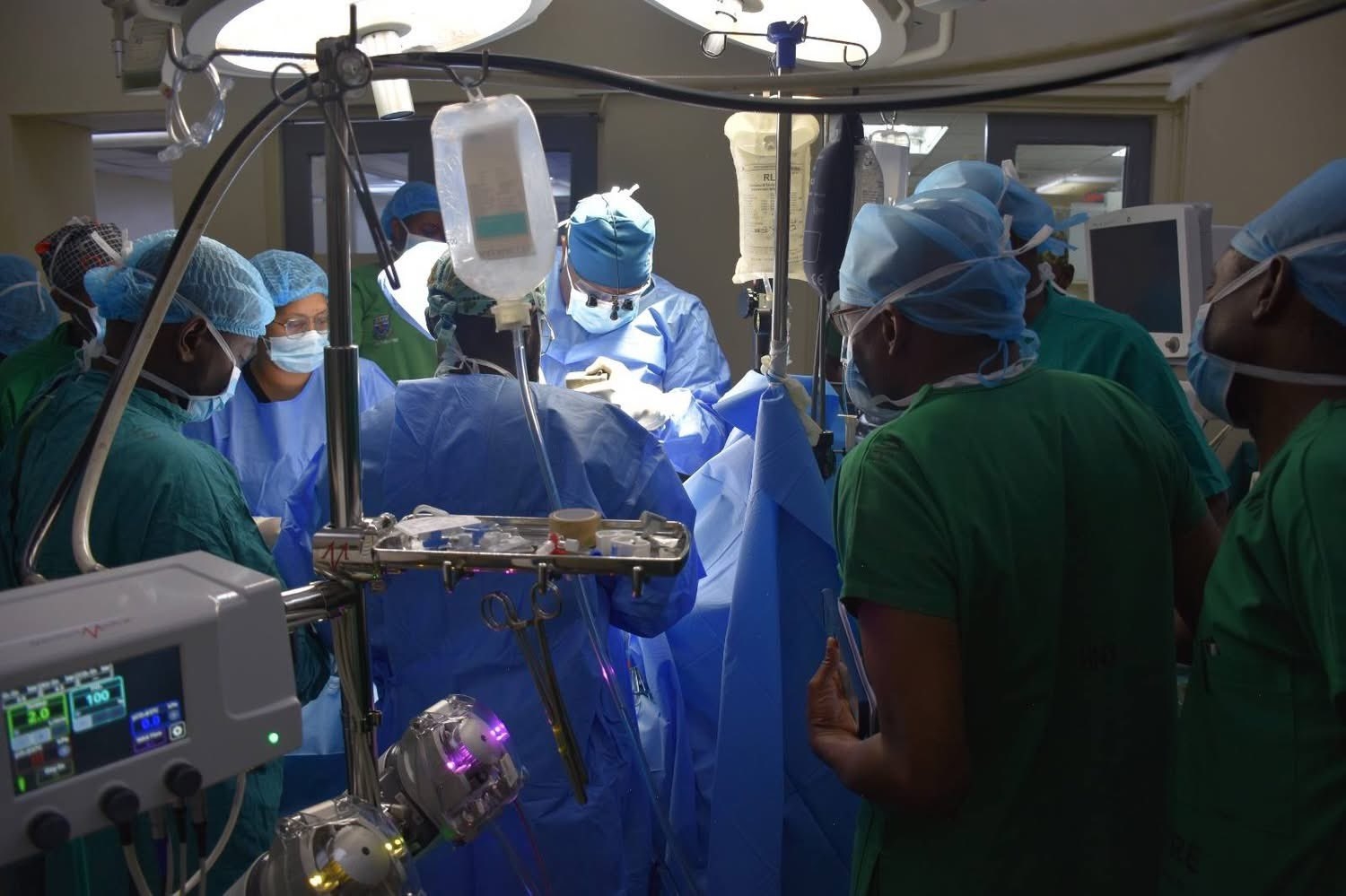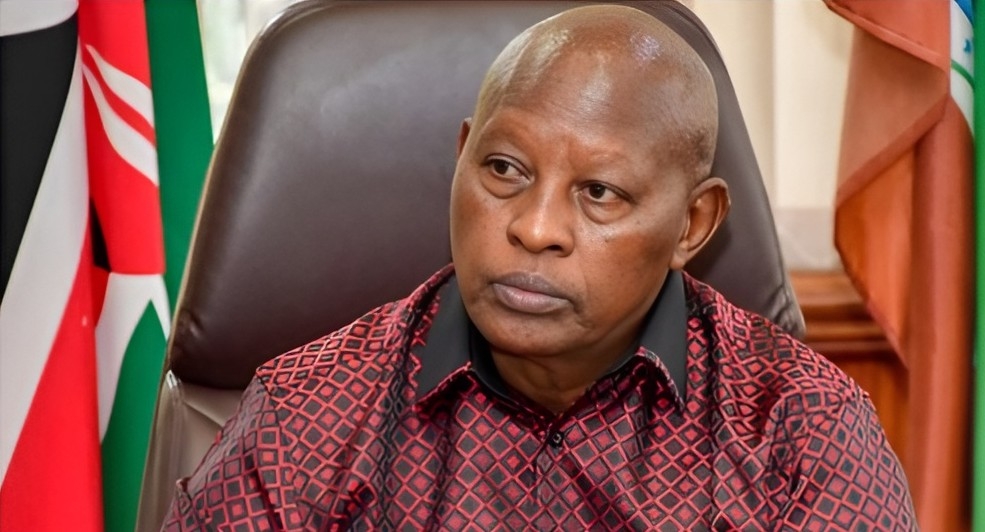
By
Wycliffe Muga
One of the criticisms often levelled against the current government, is that many of its most ambitious projects end up in failure.
An example of a conspicuous
failure is the project for the upgrading of the various stadiums that are
supposed to host major continental football matches not too long from now, but
which are nowhere near ready.
However,
such failures are not unique to the current administration. Our history shows
that in Kenya it is very often the case that outside of the private sector,
large projects often fall far short of expectation and have done so through
virtually all administrations since Independence.
And the
reason for this is not just the usual accusation of corruption coming in to
ruin well-intentioned projects. Rather it is that our leaders often start on
projects that are designed to be presented as the fulfilling of election
promises, and to impress voters, rather than bring about measurable improvements
in the lives of ordinary people.
Consider,
for example, public health infrastructure, which is the indispensable pillar
for the provision of Universal Health Care.
The
moment that the 2010 constitution devolved health services to the counties, just
about every governor set out to build a huge and prestigious “level-5” referral
hospital. And the Uhuru Kenyatta government (2013 to 2022) went along with this
and delivered some very advanced specialised medical equipment to be leased out
to the county governments (whether the governors wanted this equipment or not).
Not only
did it turn out that in most counties nobody had been trained to use this
equipment, but where the large new hospitals were built, there were many empty
rooms which initially only served as storage spaces for this unutilised fancy
equipment.
And yet
there is data easily available explaining what kind of policies have worked
best, in developing countries which have achieved notable success in their
public health systems with limited funds (Cuba, Thailand, Costa Rica, Sri
Lanka). The emphasis in such countries has never been on large prestige
projects in the form of brand-new multi-storey buildings, but rather on
preventive care; community-based health programmes; control of infectious
diseases; and effective vaccination programmes.
So, at a
superficial level, it might seem as though building a huge new hospital is an
important step towards providing healthcare services in our mostly rural
counties. But on close examination, you realise that it is nothing of that kind
and may even be dismissed as a wasteful public relations gesture rather than
effective public health policy.
I could
also mention that in the early days of the Standard Gauge Railway, from Mombasa
to Nairobi, we witnessed the remarkable spectacle of those whom that railway
was supposed to serve – importers and exporters who dealt in vast quantities of
various goods – finding the new railways lacking in certain key linkages, and
therefore so utterly inefficacious, that they preferred to continue
transporting their goods by road.
The Cabinet
Secretary of that time, then issued a surreal warning that if these businesses
did not use the new railway voluntarily, they would be compelled to use it by
government decree. And yet this was a railway that had been promoted as an
engine of 21st century prosperity, which was going to have a transformational
impact on the economy.
When this
new railway was first being discussed, there were those who argued that
improvements to the colonial-era “meter-gauge” railway were what the country
really needed. That upgrading and modernising this old railway would be far
cheaper than building a new railway and would also serve much the same purpose
as any new railway might (ie reduce the numbers of trucks plying the
Mombasa-Nairobi road, which were a key contributor to the tragically high
levels of road accidents on that highway).
But the
lure of a brand-new railway, the first such railway in 100 years, built by a
democratically elected government and not the oppressive and exploitative
colonial government of 100 years ago, proved irresistible. And so, we got a new
railway.


